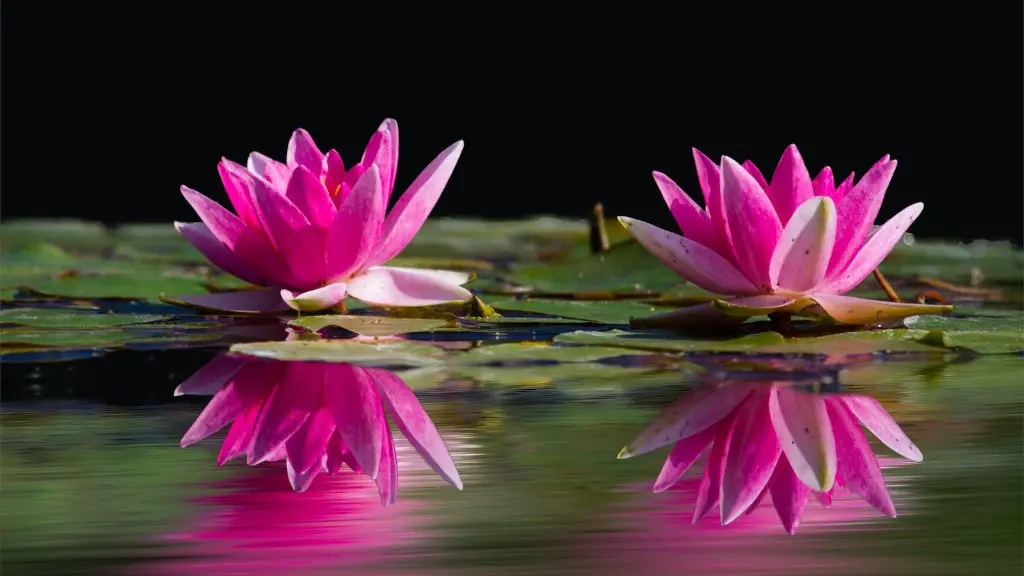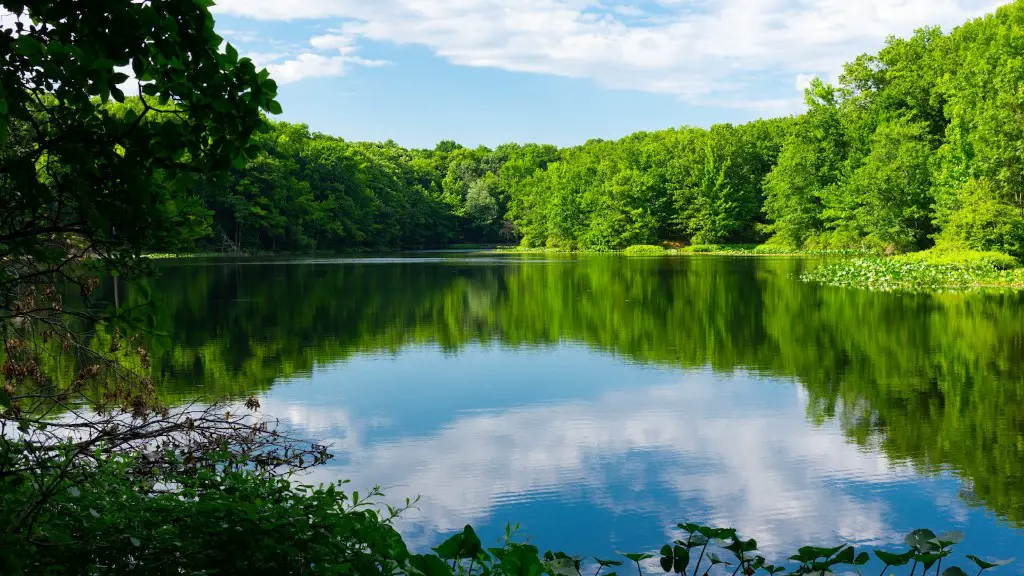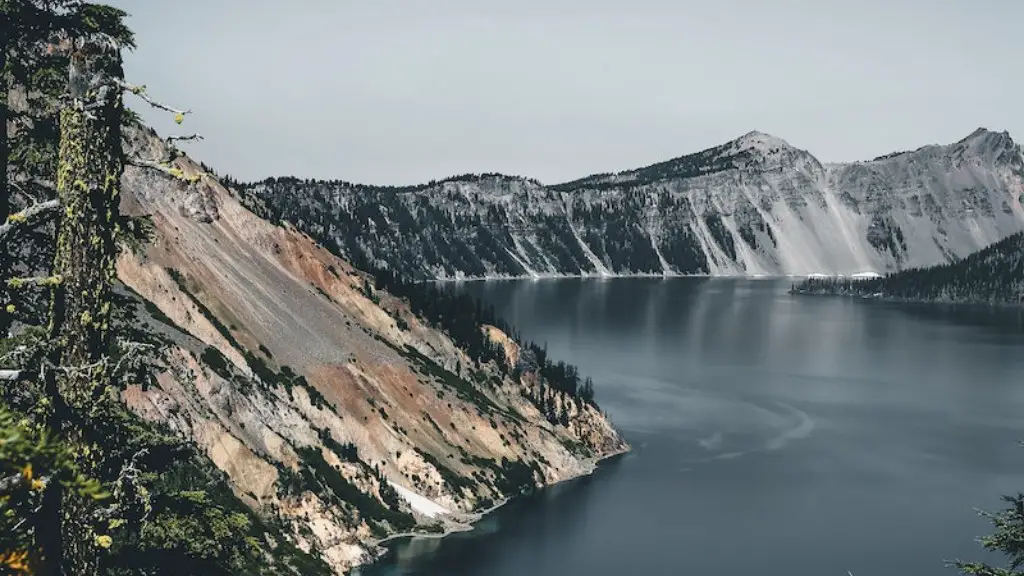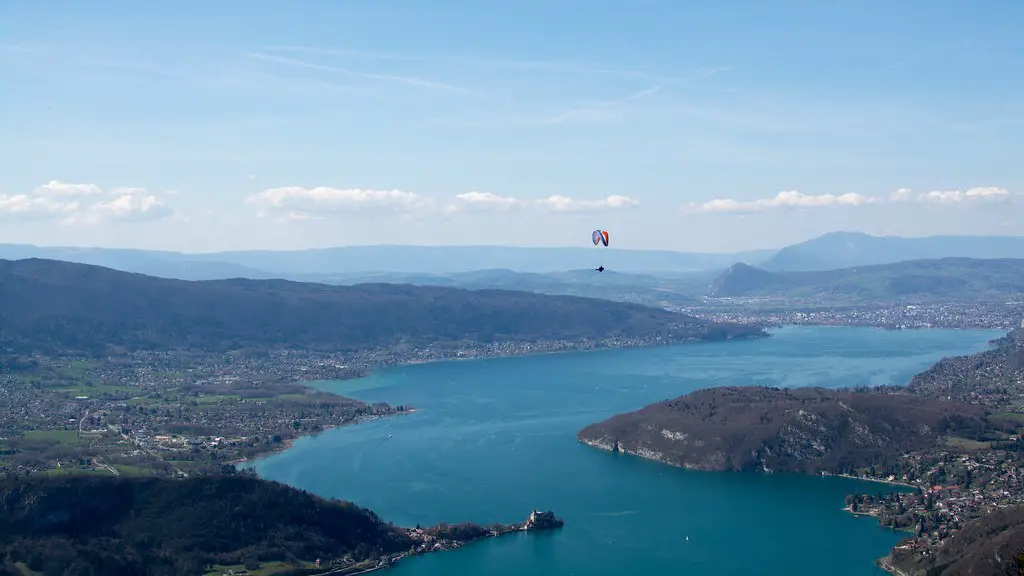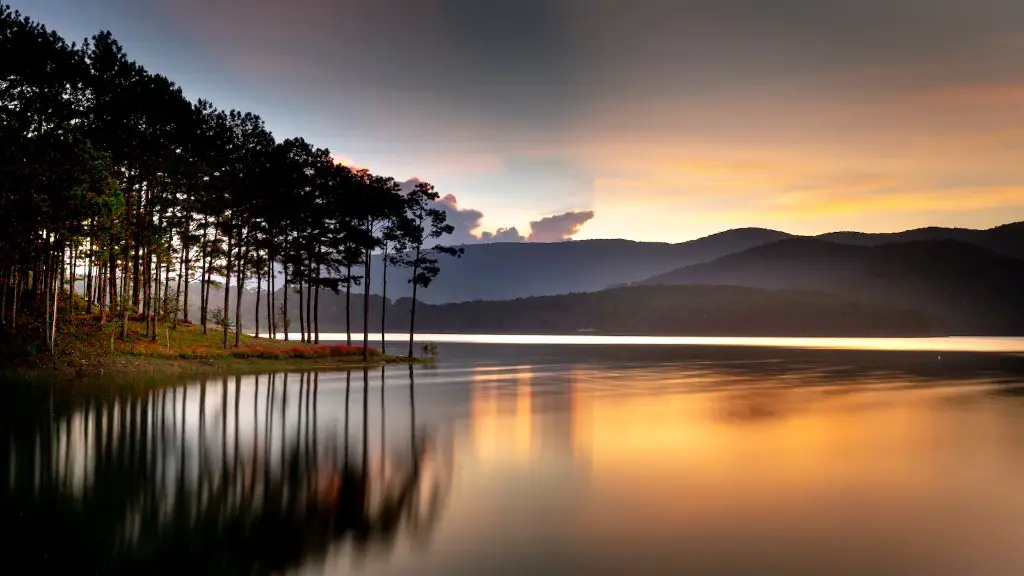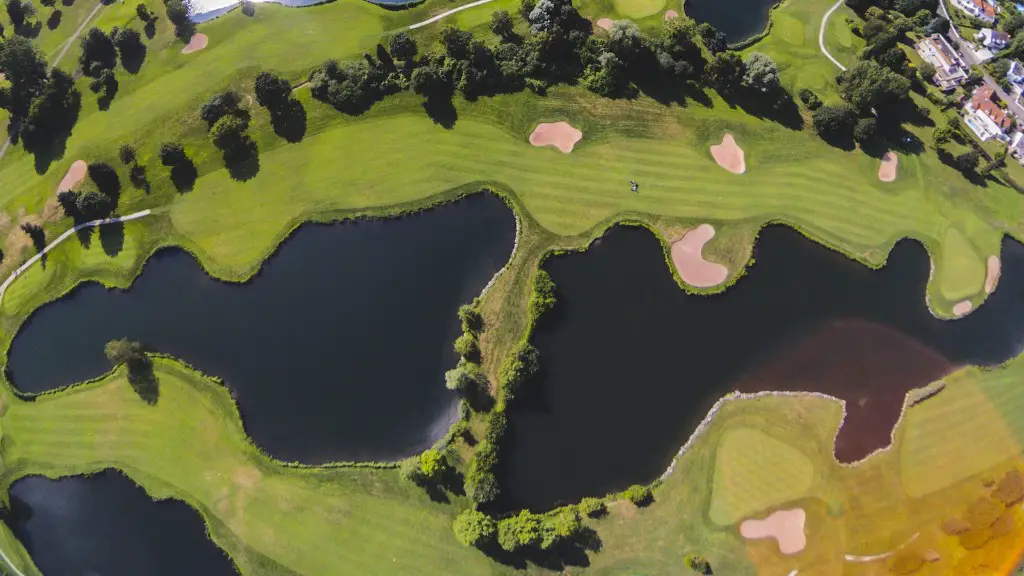Crater Lake is Oregon’s only national park and is located in the southern part of the state. The lake is in a caldera, or a crater, that was formed 7,700 years ago when the 12,000-foot Mount Mazama erupted and then collapsed. The lake is now 1,949 feet deep, making it the deepest lake in the United States and the seventh deepest in the world.
There are many things to do in and around Crater Lake. Visitors can take a boat tour of the lake, hike in the surrounding forests, or drive around the rim of the caldera. There are also several lodges and campgrounds in the park.
1. Hike: There are many different hiking trails available in Crater Lake National Park, ranging from easy to difficult. So whether you’re a seasoned hiker or just getting started, there’s a trail for you.
2. Camp: Crater Lake National Park is a great place to camp, with many different campsites available to choose from.
3. Sightseeing: Crater Lake is one of the most beautiful places on Earth, so make sure to take some time to simply enjoy the views.
4. fishing: Crater Lake is home to many different types of fish, so it’s a great place to try your hand at fishing.
5. Boating: You can also enjoy Crater Lake by taking a boat out onto the water.
What do people do at Crater Lake?
The Rim Drive is a must-do when visiting Crater Lake National Park. The views from the 30 overlooks are simply breathtaking and there are countless opportunities to photograph the landscape, the lake, and the wildflowers. Stargazing is also a great option from one of the many overlooks, and with some advance planning camping and fishing are also possible.
Crater Lake is definitely worth the effort to get there! Once you’re there, you can relax and enjoy the stunning views without having to worry about getting back to your car. Plan to spend at least one full day and one night at the park so you can really take it all in.
Can you do Crater Lake in a day
Crater Lake is definitely the highlight of Crater Lake National Park and can be easily completed in a half day. Even just one day at Crater Lake provides time for a couple of short hikes and a fairly complete visit.
Crater Lake is a stunning sight that is definitely worth the trip. It is possible to drive the entire rim, stopping at most of the look-out points, within a few hours. We hiked down towards the water, but quite frankly, the view is from the top.
When should you not go to Crater Lake?
If you’re looking to do some hiking in the park, it’s best to wait until later in the summer when the trails are clear of snow. In the meantime, you can enjoy the other activities the park has to offer!
If you’re visiting Crater Lake, be sure to bring a bathing suit so you can enjoy a swim! Just be aware that the water is usually quite cold, so you might want to take a break in between swims to warm up. The lake’s deep blue color is simply stunning, and it’s definitely worth a dip!
What time of day is best to see Crater Lake?
If you are planning to visit Crater Lake National Park, be sure to arrive prior to 9 am to avoid the crowds. The annual average snowfall in the park is 43 feet, so the lake can be hidden from view for days at a time.
We hope you enjoy your visit to Crater Lake National Park! Your entrance fees help us to maintain and improve visitor services and facilities so that everyone can enjoy this beautiful place. Thank you for your support!
Why can’t you swim in Crater Lake Oregon
Crater Lake is one of the snowiest places in America, averaging 43 feet of snow per year. As a result, there are only a few months when people can swim at Crater Lake, usually from June through September.
The average circumference of Lake Superior is 1,oca
How much does it cost to go to the crater?
Crater Lake National Park is a beautiful place to visit and the fees are affordable. As of May 13, 2018, the fee for a vehicle is $15 and the fee for a person is $10. On Jan 1, 2020, the fees will be increased to $30 for a vehicle and $15 for a person.
There are a few things to keep in mind when bringing pets into the backcountry. First, firearms, bicycles, and motorized vehicles are not permitted. Pets are also only allowed in developed areas on a leash. Even well-behaved pets can leave scents that disturb local wildlife.
Why is Crater Lake so popular
Crater Lake is a special place for many reasons. The first reason is its uniqueness. There are not many places in the world where you can find such a deep blue lake. The second reason is its location. Crater Lake is located in the Cascade Mountains, which are a beautiful place to visit.
The black bear is the only bear species found at Crater Lake. They are generally afraid of humans and will run away if you make noise, but they will protect themselves if they or their cubs are threatened.
What is the best way to see Crater Lake?
One of the best ways to explore Crater Lake is by doing the Crater Lake rim drive. This is considered one of the most scenic byways in America, and it’s a great way to see the lake. The 33-mile loop only takes about one hour, but you’ll want to budget at least a few hours to enjoy all the incredible photo ops.
invasive plant species are plants that are not native to an area and that can cause harm to the environment, humans, or other animals.
Final Words
Assuming you would like tips for crater lake:
-Wizard island is a cinder cone that is the remnants of a volcano that last erupted 150,000 years ago
-There are two boat tours that go to the island.
-There are also ranger-led interpretive hikes
-The best time to visit crater lake is late July to early September
-There are no mosquitoes at crater lake because they cannot live in the high altitude
-There are a few different campsites around the perimeter of the lake
There are many things to do in Crater Lake, such as hiking, canoeing, fishing, and more. Whatever your interests are, you can find something to do in Crater Lake.
